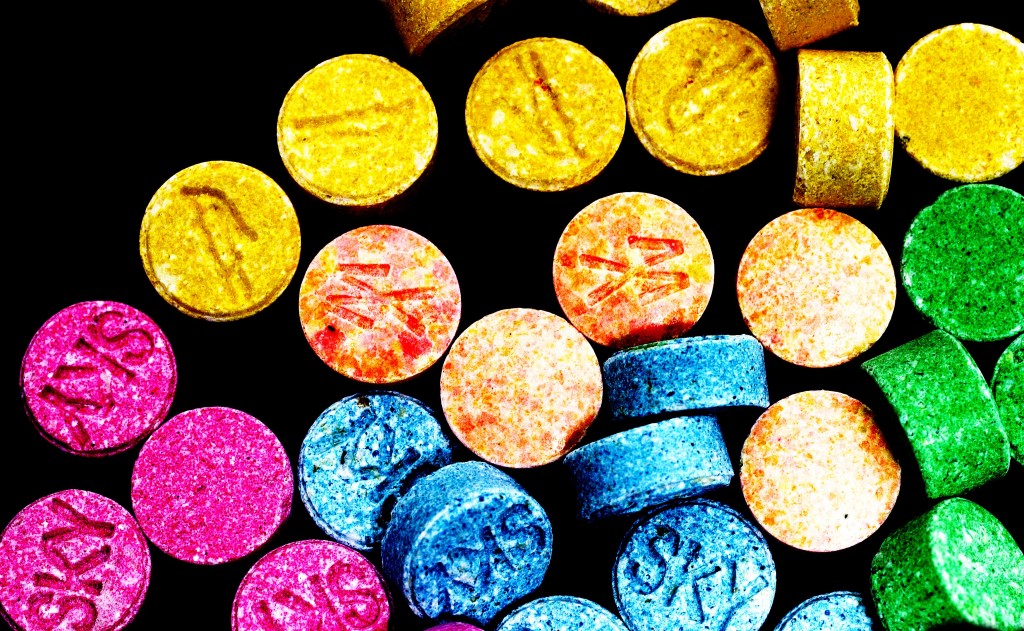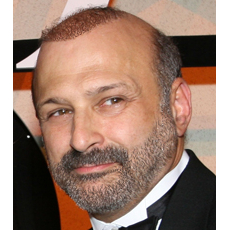
‘Godfather of Ecstasy’ Sasha Shulgin’s Death Raises Questions About Sound Medical Applications of Psychoactive Drugs
Reuters reports that Alexander ‘Sasha’ Shulgin, pharmacologist and chemist known for his creation of new psychoactive chemicals, has died at the age of 88.
Alexander “Sasha” Shulgin, the chemist, pharmacologist and author known for popularizing the drug MDMA and creating and synthesizing hundreds of psychoactive drugs, was dubbed by the media as the ‘Godfather of Ecstasy.’ He died at his home in California after being diagnosed with liver cancer. He reportedly had been ill over the past few years, including having suffered a stroke in 2010.
Mr. Shulgin’s death brings up the actual medical history of doctors and researchers who had some promising results back in the 1970s from trials of psychedelic drugs in treating alcoholism, psychiatric conditions and mental illness, but the U.S. government had tightened control of these Schedule I substances like LSD and MDMA, even for these respected researchers.
Starting in the early ’90s, and increasingly in the last decade, more researchers have been approved to conduct clinical trials with human subjects, and there are medical journals publishing some promising results showing that substances like MDMA (Ecstasy) could be useful in treating depression and curing PTSD, and that classical psychedelics like psilocybin and LSD could be a way to soothe anxiety in the terminally ill, treat alcoholism and more.
But it’s an area fraught with many negatives that have addiction specialists like Dr. Akikur Mohammad M.D., a psychiatrist and addiction-medicine specialist who works as a professor at USC’s Keck School of Medicine and is founding chief of Inspire Malibu Treatment Center, hesitant to jump on this side of the fence with the same gusto as the late Sasha Shulgin.
“My work involves unraveling the horror of addiction and medically managing a person back to health, and these substances create profound chemical changes inside the brain, often unpredictable,” says Dr. Mohammad.
Shulgin, according to the Reuters obituary, was known for discovering, creating and personally testing hundreds of psychoactive chemicals and documenting the results, along with his wife, in his books and papers.
Shulgin once estimated he had tripped on psychedelic drugs 4,000 times during his life – roughly once a week for more than 50 years. The Shulgins published the results of their research in two volumes PiHKAL – or Phenethylamines I have Known and Loved – and TiHKAL, which stands for Tryptamines I Have Known and Loved.
Both the books were published online for free as every person should have “the license to explore the nature of his own soul”, he told Time Out Magazine in 2002. Shulgin reportedly introduced MDMA (created in 1912 by chemist Anton Köllisch) to psychologists which was the catalyst for making it a recreational drug in the 1980s and beyond.
In the 1970s, Shulgin then collaborated with Californian psychologist Leo Zeff, who introduced MDMA to psychologists as an aide to psychotherapy and talk therapy. In 1978, Shulgin and chemist David Nichols published the first paper outlining the positive effect of MDMA on humans.
Dr. Mohammad says, “There are two sides to the use of psychotropic drug therapies for treating severe depression and other traumatic brain injuries from war and trauma. There are positives and negatives from the administering of psychedelic drugs under a doctor’s care in a controlled environment with documented positive results. However, there are also great risks of abuse and chances for people to overuse these very active and powerful compounds that affect the serotonin and dopamine producing parts of the brain, MDMA, (Ecstasy) affects the brain by increasing the activity of at least three neurotransmitters (the chemical messengers of brain cells): serotonin, dopamine, and norepinephrine. Like amphetamines (Speed and Cocaine), MDMA causes these neurotransmitters to be released in rapid rates from their storage sites in neurons resulting in increased neurotransmitter activity. Unlike methamphetamine, MDMA causes a greater serotonin release and somewhat lesser dopamine release.”
He continues, “The problem is that we do not know how many times your brain can withstand this chemical barrage without sustaining permanent damage, like early onset Parkinson’s disease or even Dementia from stimulating these excessive serotonin and dopamine ‘dumps’. Essentially wearing out the glands that produce these neurochemicals naturally. There’s new data that suggests that Ketamine (a horse tranquilizer) can be used to treat severely depressed patients but these studies are done in the most controlled of situations, but with any drugs, the chances for abuse and misuse always shadow. There are real cases of LSD psychosis and of deaths directly attributed to Ecstasy use. The problem for the average street user is ‘who made this drug?’ and what impurities were infused to dilute the drug for end-profit were added…and were there any co-mingling of other drugs and alcohol to exacerbate the end damage to the user? These are serious additional factors to consider.”
“As a physician, it would be hard to celebrate the work of another doctor or medical professional who openly took recreation psychoactive drugs – or recommended this – for reasons that were not medically warranted.”
